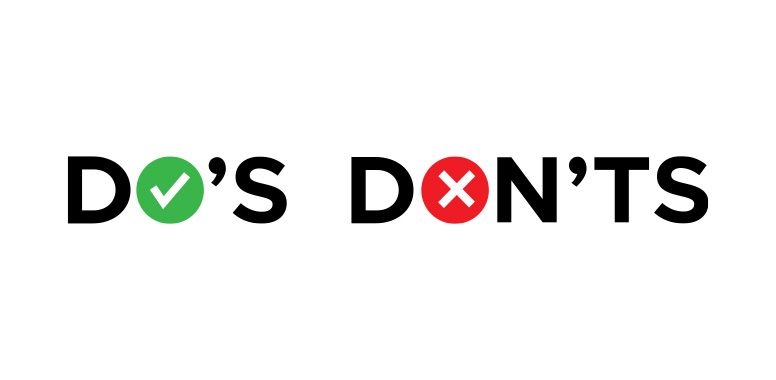Efficient Amazon Brand Management: Helping you Grow in A Highly Competitive Market
Selling on Amazon presents numerous challenges that can be both time-consuming and overwhelming. From navigating fierce competition and adapting to rapidly changing marketplace dynamics to dealing with strict policies and complex algorithms, Amazon sellers face a myriad of obstacles on their path to sustainable growth.
Let’s delve into the critical issues you, as Amazon sellers, encounter and discuss how leveraging expert brand management can pave the way to success. By understanding and addressing the common challenges in the arena, you will surely thrive in this highly competitive environment.
What are the common CHALLENGES?
Tough Competition Amazon is full of sellers competing for customer attention. To stand out, you need a strategy that uses data insights, optimized product listings, and targeted ads.
Constant Marketplace Changes:
Often, Amazon's algorithms, policies, and guidelines change. Keeping up with these changes and adjusting your strategies can be difficult and time-consuming. Stay ahead of the competition by ensuring that you and your team have the adequate knowledge and experiences to tackle the new developments.
Product Visibility and Ranking:
High visibility and ranking are key to driving organic traffic and boosting sales. Make sure that you are posting optimized listings, use targeted keywords, and employ top-ranking strategies to enhance your product's visibility and search result ranking.
Performance Metrics and Analytics:
Tracking metrics like conversion rates, click-through rates, and customer reviews is vital for understanding your brand's performance and finding areas to improve. With advanced analytics tools that deliver insights, you’ll be able make data-driven decisions and optimize your strategies.
Brand Reputation Management:
A positive brand reputation is essential for long-term success on Amazon, as negative reviews, complaints, or counterfeit products can harm your credibility. Use proactive strategies to protect your reputation, quickly address customer concerns, and ensure an excellent customer experience.
At CMO, we understand the tedious nature of selling on Amazon. So, we position ourselves to help our clients grow, bringing your name on top of your competitors.
How to Boost Your Brand’s Visibility
Amazon Storefront Enhancement:
Boost your brand’s online presence and reputation by creating an Amazon Storefront with curated multimedia content and selected products. Start by incorporating engaging elements like high-quality videos, product images, infographics, and customer testimonials to tell your brand's story. This approach drives store awareness and enhances the buyer experience, helping to build a strong connection with your audience.
Listing Creation and Optimization:
Effective Amazon brand management hinges on creating, managing, and optimizing product listings. Crafting compelling titles, detailed descriptions, and using high-quality imagery are essential for achieving top organic rankings, increasing sessions, and driving conversions. These elements work together to boost your product's visibility and appeal to potential buyers.
Organic Rankings & Visibility:
Organic rankings are crucial for brand success on Amazon, as they affect product visibility and the chances of customer engagement and conversions. Higher rankings in search results lead to increased exposure to millions of potential customers. By employing an experienced agency to manage and optimize your rankings through continuous keyword-focused campaigns, you can significantly boost daily views, reviews, and sales.
Comprehensive Ad Campaign Performance:
Get a team that excels in Amazon PPC with a comprehensive approach to optimizing ad campaigns and driving conversions. Utilizing the advertising dashboard, we manage and track campaigns, offering insights into metrics like impressions, clicks, and return on ad spend. With tools such as Sponsored Products and Video Ads, we help brands enhance visibility, drive traffic, and improve profitability on Amazon.
Monitor Listing Performance:
Monitoring your Amazon listings is essential for brand success, providing insights into product performance and helping identify high performers and underperformers. By analyzing metrics like sales, conversion rates, inventory levels, and pricing, you can make data-driven decisions to optimize listings and improve results.
SEO Analysis and Keyword Research:
SEO analysis and keyword research are essential for optimizing Amazon product listings. Thorough research helps sellers find the most relevant, high-converting keywords to enhance product titles, descriptions, and backend keywords, boosting visibility and attracting more customers.
Logistics & Fulfillment:
Logistics and fulfillment are vital to Amazon sales but can be challenging for many sellers. Effective inventory management, warehousing, and packaging are essential to avoid disruptions, maintain sales momentum, and ensure products are available when customers want them.
We make Amazon Easy for You.
Achieving success on Amazon requires deep knowledge, including keyword research, PPC, organic ranking, listing optimization, and more.
All of which demand extensive research and effort. CMO offers expert services that address these challenges, helping your brand grow while allowing your team to focus on their core strengths.
Contact us
or
book a zoom call now. We’ll do the job. You’ll reap the gains!


